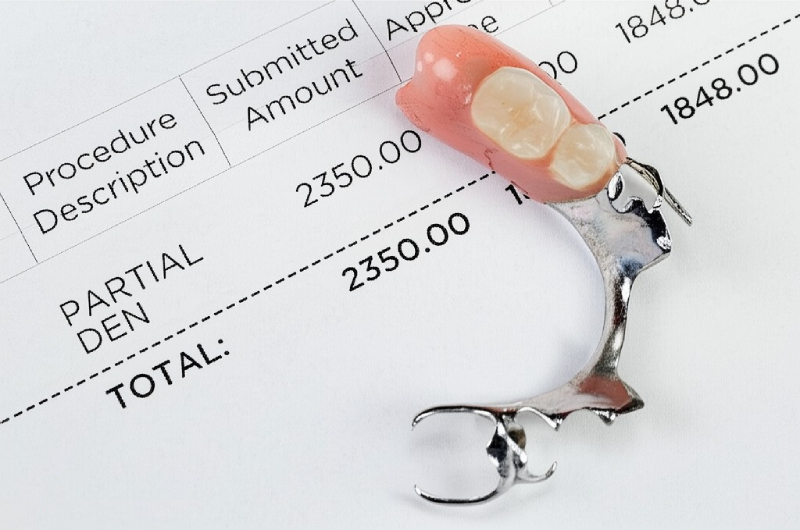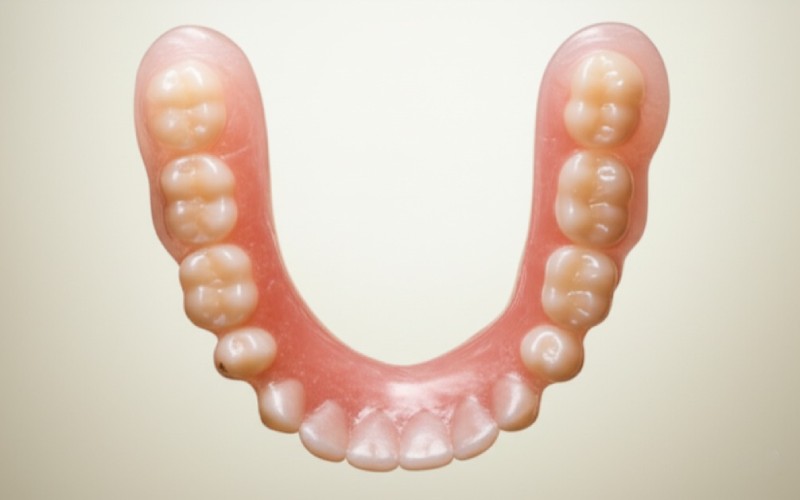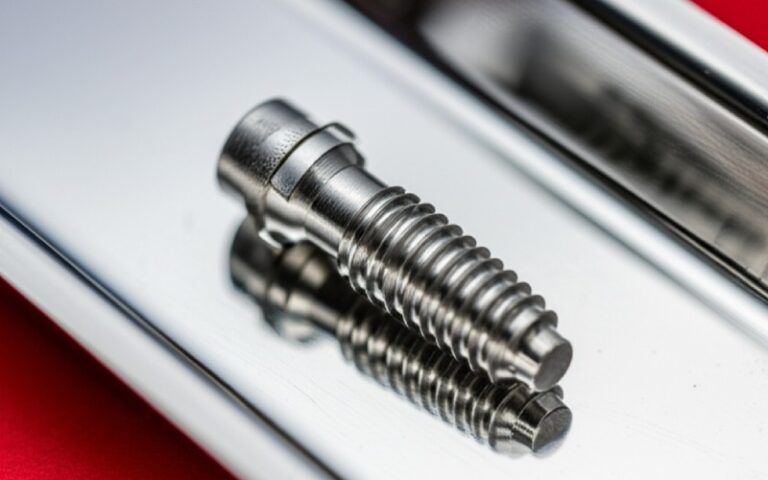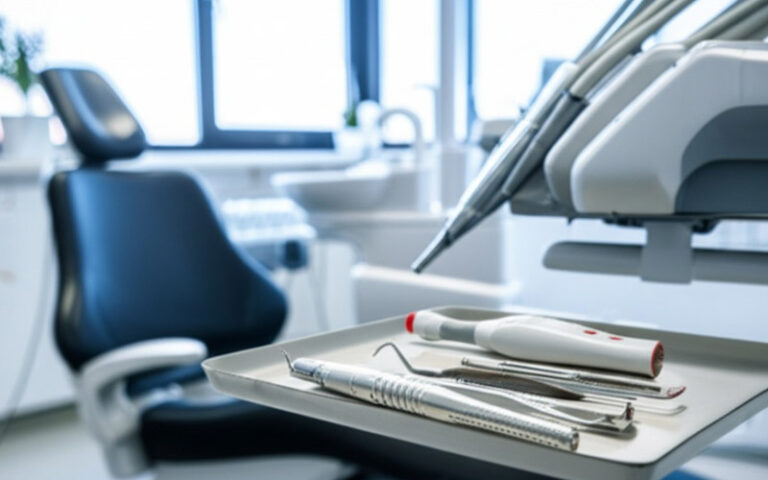
Hvor meget koster delproteser? En guide til priser efter type
If you have missing teeth and are wondering about the cost of delproteser, you are in the right place. I will break down the different types of partial dentures, explain what they do, and give you a clear idea of the average cost. This guide will help you understand your options and make a smart choice for your dental health and your wallet.
Indholdsfortegnelse
What Exactly Is a Partial Denture?
Let’s start with the basics. What is a partial denture? Think of it as a bridge for your teeth that you can take out. When you are missing one or more teeth, but still have some healthy natural teeth, a partial denture is a great solution. It has one or more false teeth attached to a base that matches your gums. This removable partial denture often has clasps that hook onto your nearby natural teeth to hold it in place. It helps you chew your food better, speak more clearly, and gives you back a full smile.
A partial denture is different from a full denture. A full denture, also called a complete denture, is used when you have lost all the teeth in your upper or lower jaw. A partial denture, on the other hand, is designed to work with your remaining teeth. This is a very common tooth replacement option. This simple denture can make a big difference in your daily life. The goal of any partial denture is to fill the gaps left by a missing tooth or teeth.
This type of removable denture is a good choice for many people dealing with tooth loss. The partial denture stops your other teeth from shifting into the empty space. This is important for your overall dental health. Getting a partial denture helps keep your mouth healthy for years to come.
What Are the Different Types of Partial Dentures I Can Get?
There are a few main kinds, and each has its own pros and cons. The three most common are metal, acrylic, and flexible partials. The type of denture you choose will affect how it feels, how it looks, and how much it costs. It is important to know about each type of partial denture before you make a decision.
The most common type of partial denture for a long time has been the metal one. It has a cast metal framework that is very strong. Then you have the acrylic partial denture, which is often a more affordable choice. Finally, there is the newer flexible partial denture, which many people find more comfortable.
We will talk more about each of these options. Understanding these different types of partial denture is the first step to figuring out your costs. Your dentist will help you pick the best partial denture for your mouth and your needs. The choice of denture depends on the number of teeth you need to replace and the health of your remaining tooth structure.

How Much Do Partial Dentures Cost on Average?
This is the big question: how much do partial dentures cost? The simple answer is that the cost of dentures can vary a lot. The national average cost for dentures gives us a starting point. A partial denture can cost anywhere from $300 to over $4,000. That’s a huge range! The cost can range so widely because it depends on the materials used, the number of teeth being replaced, and where you live.
The average cost for a basic removable partial denture is usually between $600 and $1,500. For example, an acrylic partial is often on the lower end of that price range. A metal partial denture might cost an average of $900 to $2,000. The more expensive ones, like a flexible partial or premium denture options, can go higher. This cost information is based on paying without dental insurance.
Remember, these numbers are just an average. The average price is just a guide. Your own cost of partial dentures will be specific to your case. The price by type and state can also change things. It’s always best to get a clear quote from your dental office. A good denture is an investment in your health.
What Factors Affect the Cost of My Denture?
Many things can affect the cost of your new partial denture. First is the material. As we saw, metal dentures and a flexible partial denture cost more than a basic plastic partial dentures. The quality of the dentures is a major factor. Premium dentures use better materials that look more natural and last longer, but they come with a higher price tag. This is a key thing that will impact the cost.
Another big factor is the number of teeth that need to be replaced. A partial denture to replace missing one or two teeth will cost less than one that has to replace many teeth. The complexity of your case also matters. If you need any teeth pulled or other dental work done before getting your dentures, that will add to the total cost. A partial denture may need careful design to fit around your remaining natural teeth.
Finally, where you get your denture made can change the price. A dental specialist might charge more than a general dentist. Prices for a partial denture also vary by location. The cost of your dentures in a big city might be higher than in a small town. These factors all play a role in the final cost of dentures.
Should I Consider a Flexible Partial Denture?
It’s a popular option, and for good reason. A flexible partial denture is made from a thin, lightweight thermoplastic material. Unlike the hard acrylic or metal of a traditional dentures, this material is bendable. This makes the flexible partial very comfortable for many people to wear. They don’t have metal clasps. Instead, the pink base material itself grips your natural teeth.
The biggest benefits of a flexible partial denture are comfort and looks. They blend in well with your gums and don’t have any shiny metal parts. This makes the denture almost invisible. Many people forget they are even wearing their flexible partial. They are also very durable and less likely to break if you drop them.
However, a flexible partial can be more expensive. They can also be harder to repair or adjust than other types of denture. It’s a great tooth replacement option, but you need to weigh the pros and cons. Talk to your dentist to see if a flexible partial denture is the right choice for your mouth.

What is a Traditional Metal Partial Denture?
A metal partial denture is the workhorse of the denture world. For years, it has been the go-to removable partial denture. This type of denture has a cobalt-chromium metal framework. This frame is very thin but very strong. The false teeth and the gum-colored base are attached to this metal frame. The denture is held in place with metal clasps that grip onto your existing natural teeth.
The strength of a metal partial is its main advantage. Because the frame is so strong, it can be made very thin, which some people find more comfortable. They are also very stable and provide excellent support for chewing. A partial metal dentures is a long-lasting solution that can serve you well for many years. This is a very common type of partial denture.
The downside is the metal clasps. Sometimes, they can be seen when you smile or talk. For some, this is a big deal. The metal partial can also feel a bit more rigid than a flexible partial. Still, for a reliable and durable partial denture, the metal dentures are a fantastic choice. The cost of this partial denture is often in the mid-range.
Are There Cheaper Alternatives to Partial Dentures?
When you look at the cost of full or partial dentures, it’s natural to wonder about other options. Yes, there are alternatives to partial dentures, but each has its own set of costs and benefits. One alternative is a fixed partial bridge. A bridge is cemented in place and is not removable. It can be a great option but is usually more expensive than a removable partial denture and requires healthy teeth on either side of the gap to support it.
Another major alternative is dental implants. Implants are small titanium posts that are placed into your jawbone. A new tooth is then attached to the post. Implants are the strongest and most natural-feeling option. They are considered permanent dentures. However, dentures are the most expensive option when it comes to implants. The cost can be several thousand dollars for a single tooth.
So while there are other ways to replace missing teeth, a partial denture often provides the best balance of function and cost. It is a proven and effective dental solution. Dentures are a common solution for a reason. They work well for many people.
Will My Dental Insurance Help With the Partial Dentures Cost?
This is a key question for your budget. The good news is that many dental insurance plans do help with the cost of partial dentures. Most insurance plans see a denture as a necessary procedure to restore function, not just a cosmetic one. Insurance coverage can make getting a partial denture much more affordable.
How much will dental insurance cover? It varies. Most plans will cover partial dentures at a certain percentage, often 50%. This means if your partial denture costs $1,200, your insurance might pay $600. However, most plans also have an annual maximum. This is the most your insurance will pay for all your dental care in a year. Be sure to check your plan details.
Before you start treatment, ask your dental office to send a pre-authorization to your insurance company. This will tell you exactly how much they will pay and what your final cost will be. This simple step can save you from a big surprise later. Checking your dental insurance is a vital part of planning for your new denture.
What About Getting Immediate Dentures?
You may have heard of immediate dentures. These are a special type of denture that is made before your teeth are removed. You can wear them on the same day as your tooth extraction. This is a great benefit because you don’t have to go without teeth while your gums heal. An immediate denture can be a full denture or a partial denture.
The process works like this: your dentist takes impressions of your mouth while your old tooth is still there. The laboratorium uses this to make your new denture. After your tooth is removed, the immediate dentures are put right in. This acts like a bandage to help control bleeding and protect the area.
However, immediate dentures have a downside. As your gums heal and shrink, the denture will become loose. You will need to have it relined or adjusted several times. For this reason, immediate dentures cost more and are often considered temporary dentures. Eventually, you may need a new, permanent denture made after your mouth has fully healed.
How Do I Choose the Best Partial Denture Option?
So, how do you decide? Choosing the best partial denture option comes down to three things: your dental needs, your budget, and your personal preference. The first step is to have a long talk with your dentist. They will examine your mouth, your remaining natural teeth, and tell you which type of partial denture is best for your situation.
Think about what is most important to you. Is it comfort? A flexible partial might be the answer. Is it durability and a lower cost? An acrylic partial or metal partial could be better. Do you want something that looks as natural as possible? You might lean towards a flexible partial denture or a premium dentures model.
Don’t be afraid to ask questions. Ask about the cost of full or partial dentures, the pros and cons of each type of denture, and what to expect during the process. A partial denture is a big decision, and being informed is the best way to make a choice you will be happy with for a long time. This is the best way to care for your smile and your health.
Ting at huske på
- A partial denture replaces one or more missing teeth when you still have some natural teeth.
- The main types are metal, acrylic, and flexible partial dentures. Each has a different feel and cost.
- The average cost of a partial denture can range from a few hundred to several thousand dollars, depending on materials and complexity.
- Factors like the material used, the number of teeth attached, and your location will impact the cost.
- Many dental insurance plans will cover about 50% of the cost of a denture, but always check your plan’s annual maximum.
- Talk with your dentist to find the best partial denture option for your specific needs and budget.




